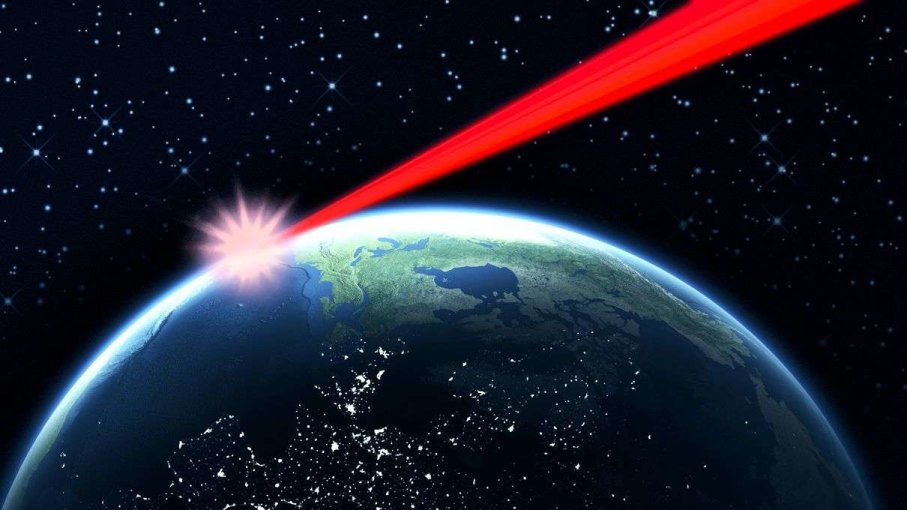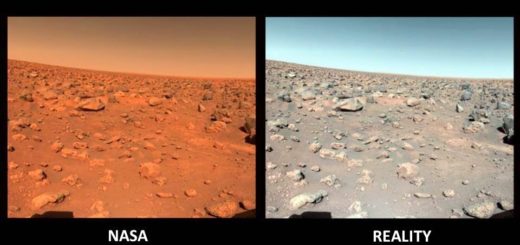Should We Cloak Earth to Hide It From Evil Aliens?

Theoretical physicist Stephen Hawking raised a stir back in 2010, when he warned that researchers should resist the urge to try communicating with extraterrestrial intelligent life, should they ever find it.
Hawking envisioned alien visitors as being less like E.T. and more like Christopher Columbus who, after encountering native people in the New World, noted in his journal that they were unarmed and would make good servants, once subjugated.
“We only have to look at ourselves to see how intelligent life might develop into something we wouldn’t want to meet,” Hawking cautioned.
Other scientists didn’t necessarily agree with Hawking. Jill Tarter, the Bernard M. Oliver Chair for SETI at the SETI Institute, argued that if aliens had technological capabilities advanced enough to reach Earth from a distant exoplanet, they probably wouldn’t need food, slaves or other resources from additional worlds. “If aliens were to come here it would be simply to explore,” she said.
But in case you’re thinking that we’re better off not taking any chances with aliens, this may put you at ease. In a just-published article in Monthly Notices of the Royal Astronomical Society, Columbia University astronomy professor David M. Kipping and graduate fellow Alex Teachey propose using lasers to conceal Earth from aliens.
The researchers’ brainstorm assumes that aliens are using the same techniques that we are to search for exoplanets, such as looking for the reduction in light when a planet moves directly in front of the star it orbits. Those events, called transits, have been used by NASA’s Kepler orbital observatory to spot (and confirm) more than 1,000 exoplanets, including about 50 the size of Earth.
If we discovered a planet with an alien civilization before it discovered us, Kipping and Teachey think it would be possible to keep its astronomers from spotting Earth’s transit, using existing technology. All we’d have to do to obscure the transit in visible light is aim a 30-megawatt laser beam in the direction of the aliens’ solar system for about 10 hours annually. That would be enough. How? The laser would provide enough light to make up for the dimming that occurred during the transit.
That isn’t that much juice. It’s about what the International Space Station needs to collect with its solar panels each year to operate.
If we wanted to be even trickier, we could gamble that the aliens are looking not just for rocky planets that might sustain life, but for actual signs of it. In that case, the researchers write, we could use a less powerful laser — about 160 kW — to blot out the light bouncing off our atmosphere that might reveal its chemical composition.
“Indeed, the presence of an atmosphere could be cloaked altogether if the effective height changes of the planet as a function of wavelength are canceled out by lasers,” the researchers write. “The planet might then resemble a dead world totally devoid of any atmosphere and appear almost certainly hostile to life.”
“There is an ongoing debate as to whether we should advertise ourselves or hide from advanced civilizations potentially living on planets elsewhere in the Galaxy,” Kipping says in a press release. “Our work offers humanity a choice, at least for transit events, and we should think about what we want to do.”



 Creators of mankind
Creators of mankind Description of “Tall white aliens”
Description of “Tall white aliens” Where they came from?
Where they came from? About hostile civilizations
About hostile civilizations The war for the Earth
The war for the Earth “Tall white aliens” about eternal life
“Tall white aliens” about eternal life Video: “Nordic aliens”
Video: “Nordic aliens” Aliens
Aliens Alien encounters
Alien encounters The aliens base
The aliens base UFO
UFO Technology UFO
Technology UFO Underground civilization
Underground civilization Ancient alien artifacts
Ancient alien artifacts Military and UFO
Military and UFO Mysteries and hypotheses
Mysteries and hypotheses Scientific facts
Scientific facts


















